Resident Evil 9: Pros & Cons of A Third-Person Sequel
Table of Contents
The last two Resident Evil games changed perspectives, but the ninth mainline entry could return to third-person, which has both benefits and caveats.
You Are Reading :Resident Evil 9 Pros & Cons of A ThirdPerson Sequel
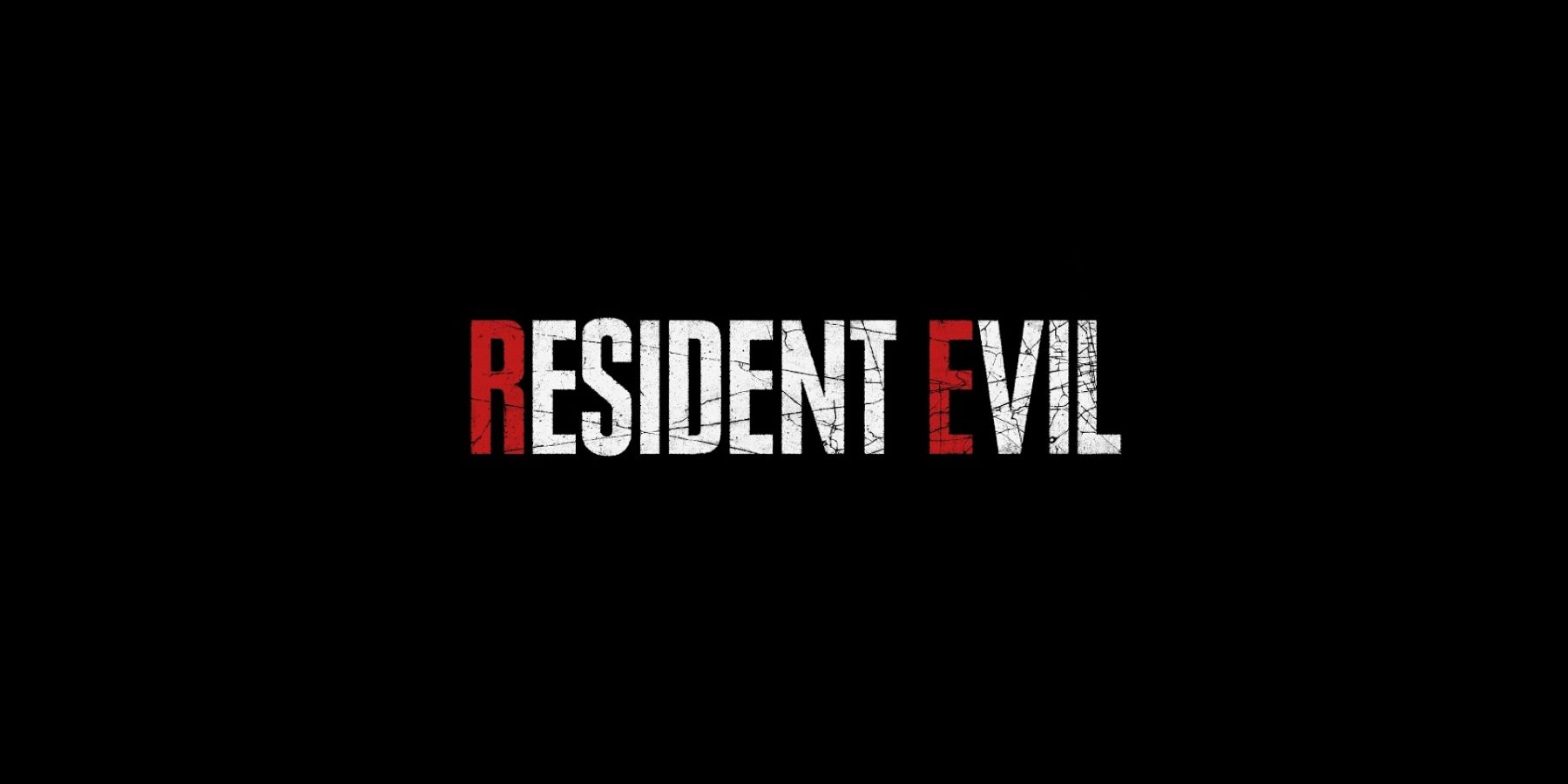
With the release of Village earlier this year, many may already be speculating about the seemingly inevitable Resident Evil 9. Although the series has been quite varied throughout its long and storied history, the last two entries, Biohazard and Village, have been entirely unique as far as mainline games go due to their first-person perspectives. The change was, for the most part, widely celebrated for both RE7 and 8, but that doesn’t necessarily mean the next game will keep it. A majority of the series has been played from a third-person perspective, but reverting to that formula comes with both pros and cons.
Resident Evil technically has its origins in third-person, though not exactly in the modern sense. The original RE and its two sequels used classic fixed camera perspectives. Players had no control over where the camera was pointed, similar to the pre-PS4 God of War games. The series’ first three entries made it a pillar of the survival horror genre, but its fourth also helped pioneer the third-person shooter genre.
The story of Resident Evil’s third-person era is one of a gradual shift toward the action genre, rather than remaining primarily survival horror. RE4 is still considered by many to be the series’ best, but 5 – especially with its cooperative gameplay – signaled the beginning of the series losing its roots. Resident Evil 6 was widely criticized for almost entirely abandoning any semblance of survival horror, thus the reinvention through a perspective shift in RE7. There is now precedent in the series for Resident Evil 9 to use either perspective, especially with the recent, warm reception to the RE2 and RE3 remakes, but switching back to third-person would come with some benefits as well as detriments.
Resident Evil 9 Third-Person Con: Less Immersion
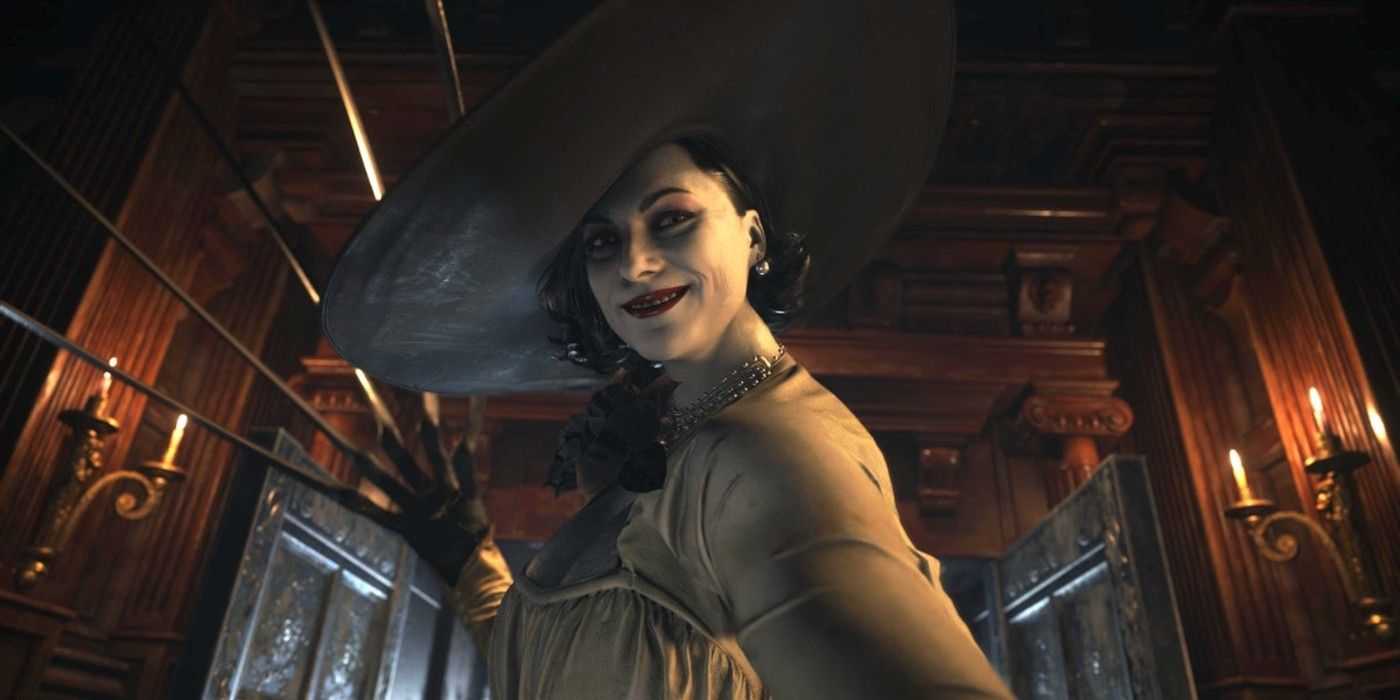
Part of Biohazard and Village’s success came from its player immersion. Giving the player the same perspective as the main character helps what’s happening on screen to feel more authentic. This was taken to another level by playing RE7 on PSVR, and while Village does not have VR support, the first-person perspective was key in immersing players as protagonist Ethan Winters. In RE7 especially, the first-person perspective allowed the Baker estate to be designed with narrow hallways, letting the game itself feel claustrophobic rather than just its gameplay.
Putting the player fully in the main character’s place with a first-person perspective also helps the narrative have a personal touch. RE7 and 8 took advantage of this by having a story focused mainly on Ethan’s family – searching for his wife, Mia, in 7, and his daughter, Rose, in 8. The stakes are not necessarily as high overall when compared to the plot of RE5 and 6, but they are just as important to the person the player is controlling. 5 and 6 are good examples of the loss of immersion that comes with a third-person perspective. Each features multiple playable characters that are professional operatives trying to stop Umbrella. The characters themselves are invested, but there’s very little emotional attachment to looking at the back of someone who has willingly put themselves in the midst of bioweapon outbreaks.
Resident Evil 9 Third-Person Pro: Character Development
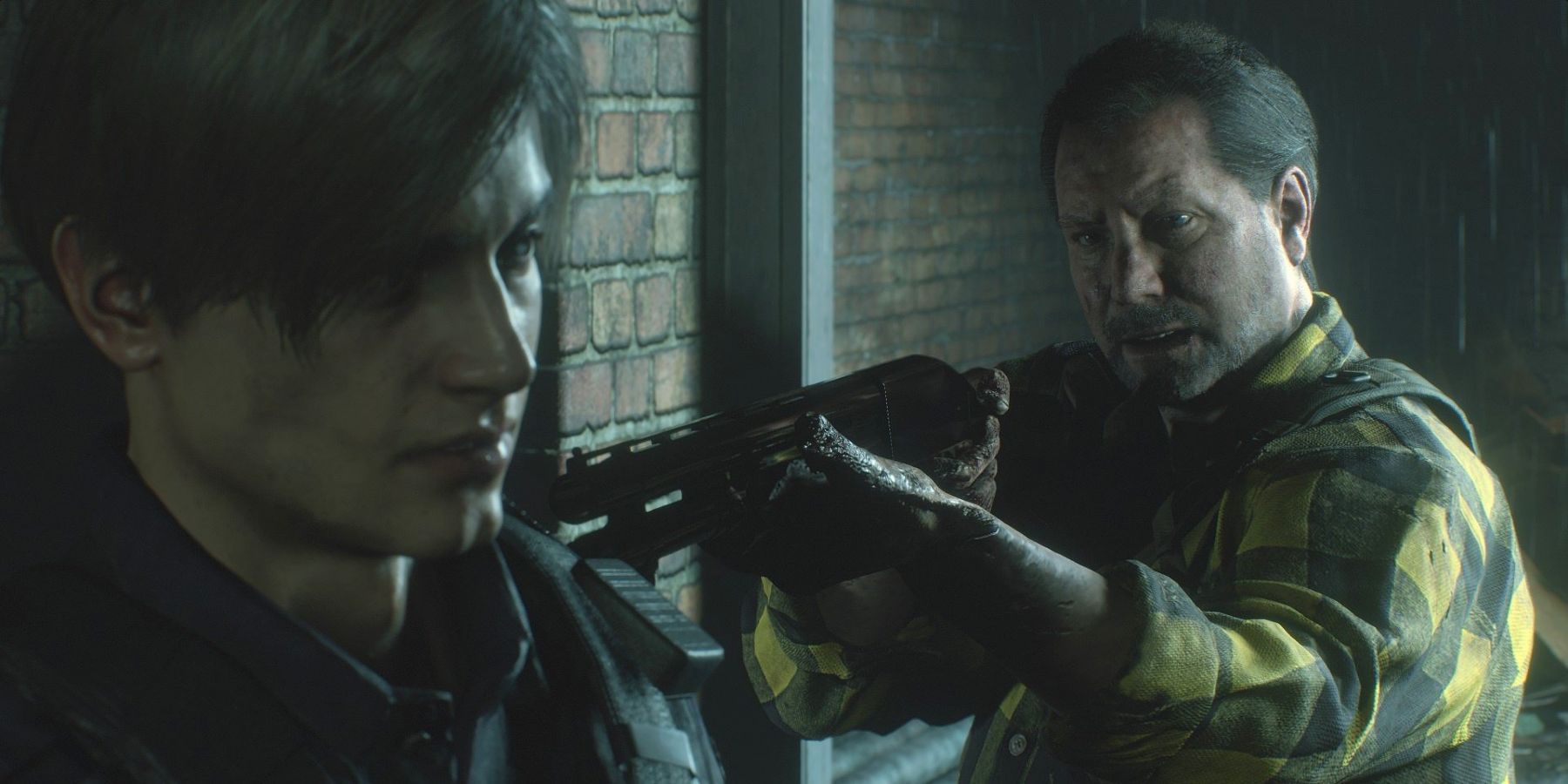
On the flip side of the immersion that comes with first-person, pulling the player away from the character into third-person lets the character develop independently of the player’s experience. This was a particular point of criticism for RE7, where players never even saw Ethan Winters’ face, though its sequel did a much better job of giving him personality. The third-person Resident Evil games have had years of success delivering iconic characters, including Jill Valentine, Leon Kennedy, and Chris Redfield – with the latter still being monumentally important to the series’ overall narrative currently.
For a large majority of its history, Resident Evil has been primarily concerned with the evil exploits of the Umbrella Corporation through its various viruses and the special task forces responsible for thwarting them, such as S.T.A.R.S. and the BSAA. In this regard, Biohazard and Village are large anomalies in a franchise that has functionally been an anthology series. The third-person perspective effectively lets the series jump between protagonists since they are easily seen and digested by the player. For instance, Leon Kennedy can have his RE origin told in 2, then be removed from the spotlight for 3, before returning in a new capacity for 4. Each of his two games gives him a separate and satisfying character arc.
Resident Evil 9 Third-Person Pro: Graphic Deaths
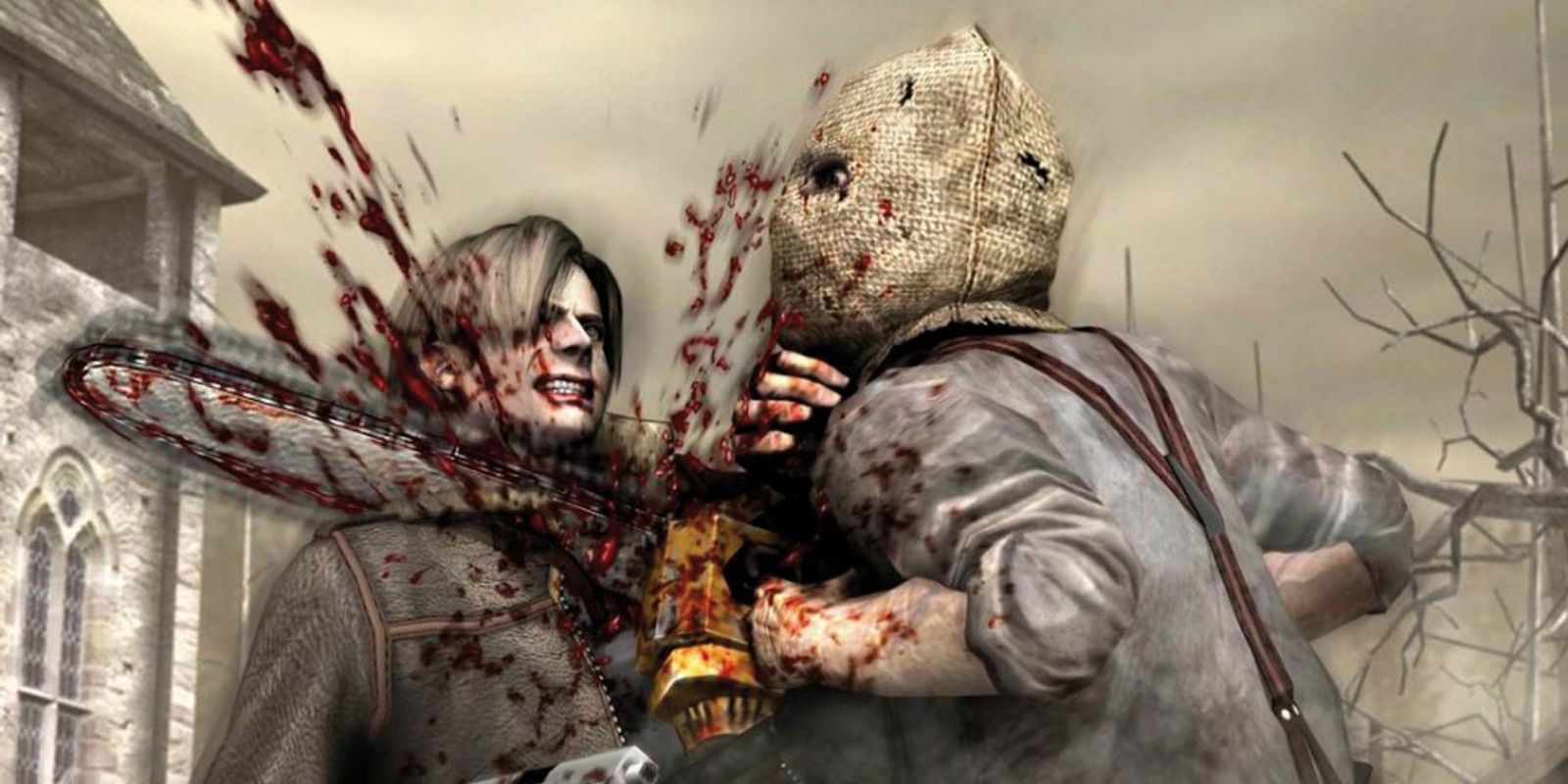
The last two Resident Evil games ramped up the suspense, but a large part of the series’ horror elements comes from the incredibly graphic violence that can be inflicted on the main character. Biohazard showed some early on, and Village did a lot of damage to Ethan’s hands, but the player getting killed in third-person can lead to some shockingly delightful animations. One that comes to mind is seeing Leon’s head roll through a shower of blood when killed by an infected villager wielding a chainsaw.
Resident Evil has had a lot of success creating chilling atmospheres, but a significant portion of its brand of terror lies in body horror. More powerful enemies often have grotesque mutations, and even more common enemies like Lickers in Resident Evil 2 are hard to look at. Umbrella’s viruses do absolutely repulsive things to their hosts. Part of the risk of venturing into various bioweapon ground zeroes is the threat of being violently dismembered, and being able to see that in third-person has a great effect on the player.
Resident Evil 9 Third-Person Con: Too Action-Oriented
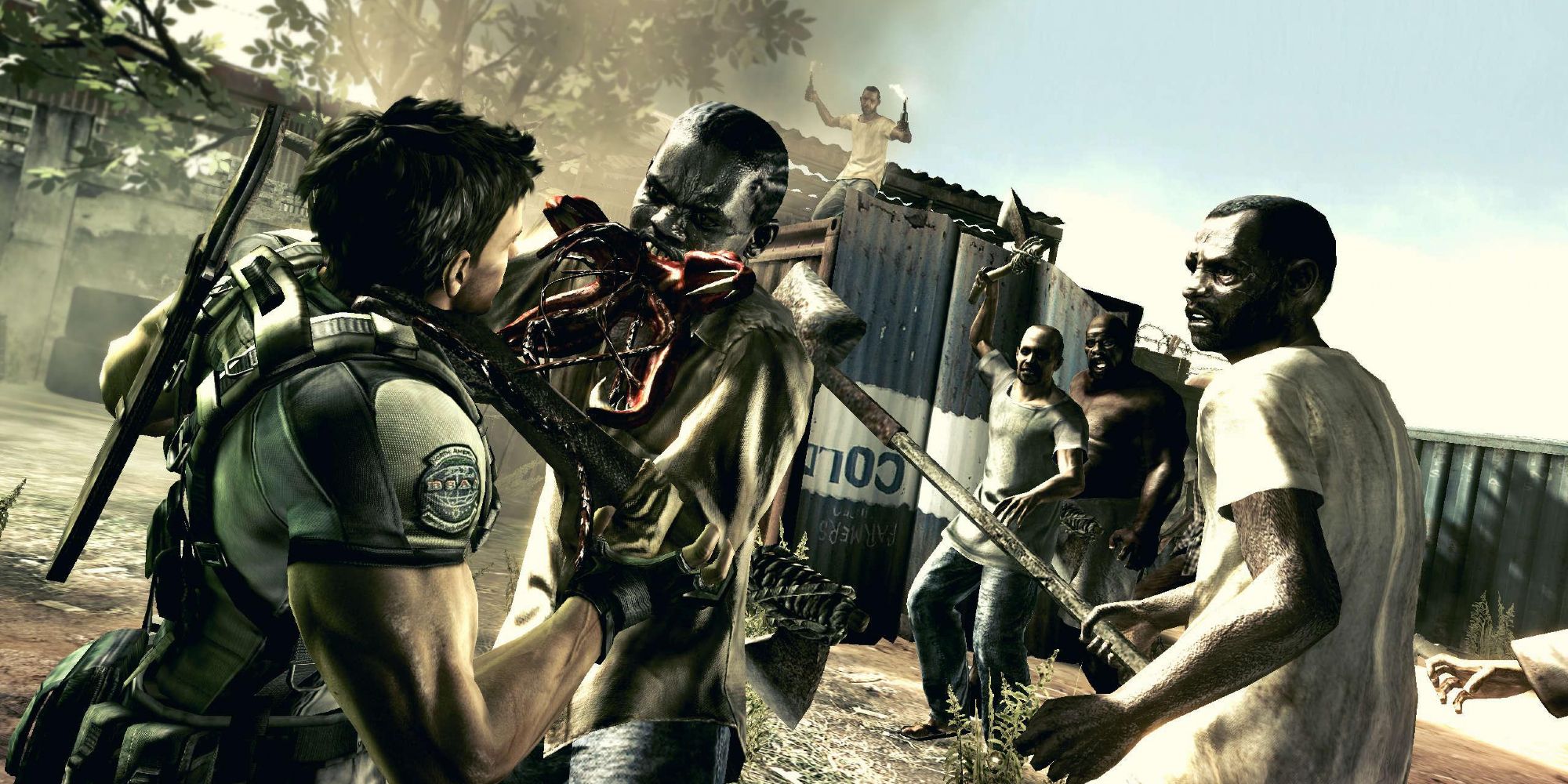
A major concern of Resident Evil 9 going back to third-person gameplay would be falling into the series’ past mistakes of slipping toward an action shooter. The methodical nature of Resident Evil’s more survival horror-oriented entries appears to work a bit better in first-person, whereas the slow pace may not be as frustrating. A third-person shooter gives players a wider perspective than an FPS, even letting them see behind the controlled character a bit. This, just as a symptom of its design, lends itself to more action-packed gameplay.
Another move away from Resident Evil’s re-found survival horror base isn’t inevitable, and the RE2 and 3 remakes prove that, but it’s not difficult to see how the series progressed toward fast-paced gameplay in the run from RE4 to 6. Biohazard especially wouldn’t have been possible with a third-person perspective because of its claustrophobic level design. The necessity of space for both the main character and the camera leads to wide open spaces, and the next logical move is more enemies on screen, which is then quickly followed by faster gameplay, more effective guns, and higher mobility. These outcomes are by no means an inevitability but Resident Evil 9 going back to third-person runs the risk of encountering major criticisms from the series’ less celebrated entries.
Many might assume that Capcom would stick with first-person after Resident Evil Village’s financial success and critical acclaim, but the series as a whole has never been a one-trick pony. Third-person has the benefit of letting the player see the main character, potentially resulting in more character development, and capitalizing on the series’ penchant for body horror. An over-the-should perspective can, however, be detrimental to player immersion, while simultaneously being a better format for action-packed gameplay. Only time will tell which route Resident Evil 9 decides to take, since returning the series to third-person might come with quite a few caveats.
Link Source : https://screenrant.com/resident-evil-9-third-person-sequel-good-bad/
